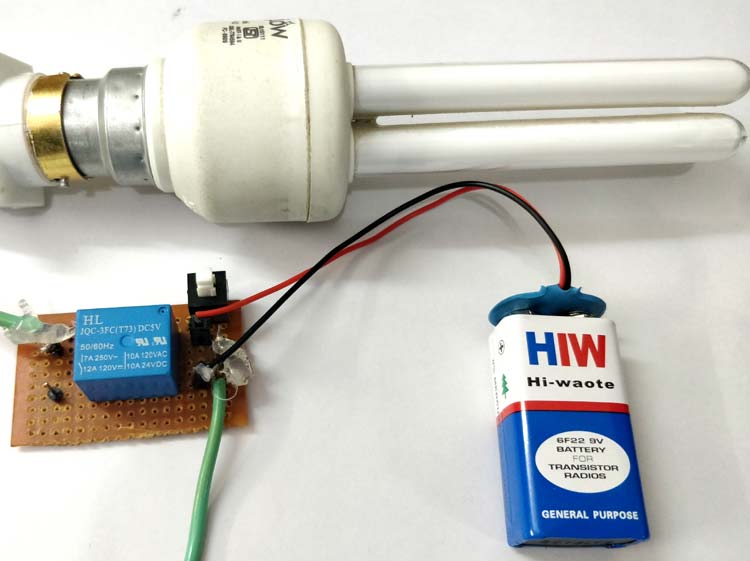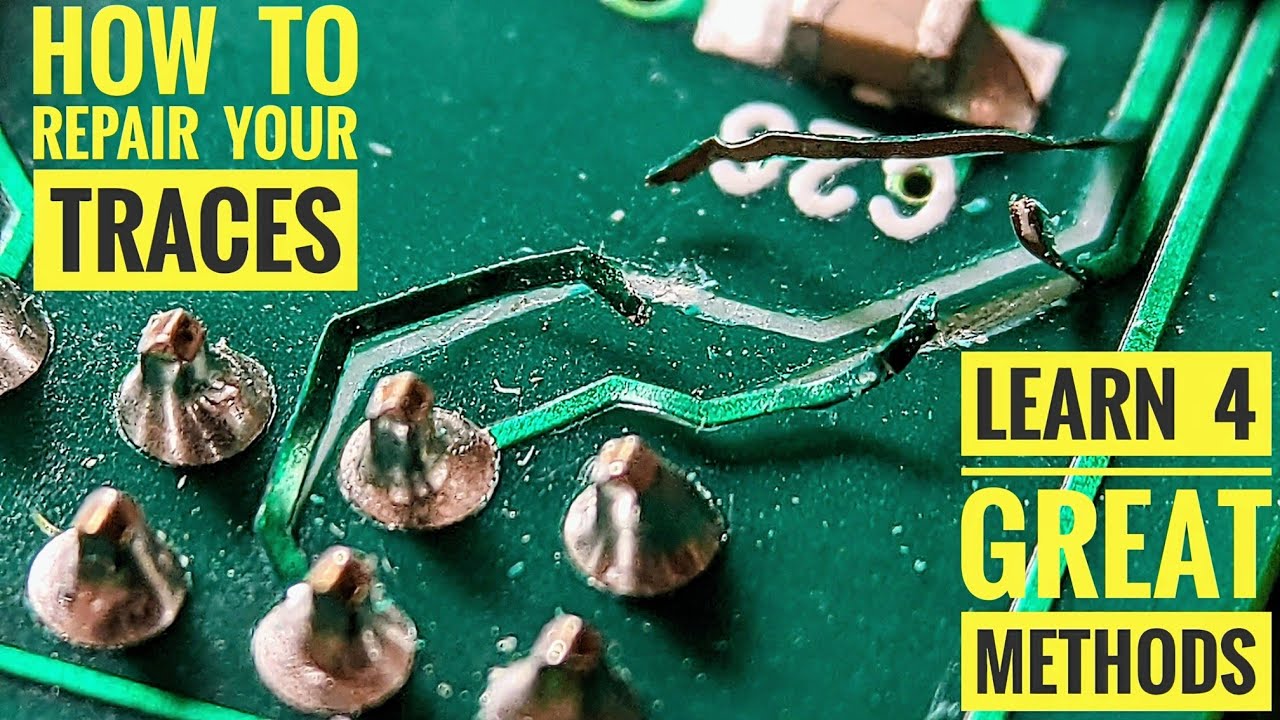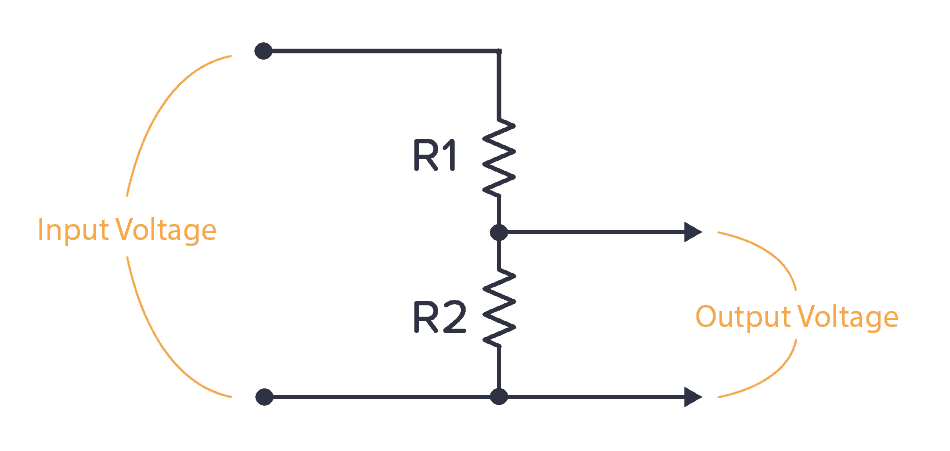How to Use a Relay in a Circuit
Relays are essential components in electronic circuits that allow a low-power signal to control a high-power circuit. They are versatile and can be used in a variety of applications, from simple home automation to complex industrial machinery. In this article, we will discuss the basics of how to use a relay in a circuit.
What is a Relay?
A relay is an electromechanical device that consists of a coil and one or more switches. When the coil is energized, it creates a magnetic field that causes the switches to close or open, allowing current to flow through the circuit. Relays are commonly used to control high-power devices such as motors, heaters, and lights using a low-power signal.
Types of Relays
There are several types of relays available, each designed for specific applications. Some common types of relays include:
- Electromagnetic relays: These are the most common type of relay and use an electromagnet to control the switching mechanism.
- Solid-state relays: These relays use semiconductor devices such as thyristors or transistors to switch the circuit on and off.
- Reed relays: These relays use a reed switch enclosed in a coil to control the circuit.
How to Use a Relay in a Circuit
Using a relay in a circuit is relatively simple. Here is a step-by-step guide on how to do it:
Step 1: Choose the Right Relay
Before you can use a relay in a circuit, you need to choose the right type of relay for your application. Consider factors such as the current and voltage ratings, switching speed, and number of switches required.
Step 2: Wire the Relay
Once you have chosen the right relay, you need to wire it correctly in the circuit. Connect the coil terminals to the power source and the switch terminals to the device you want to control.
Step 3: Control the Relay
To control the relay, you need to send a signal to the coil. This can be done using a switch, a microcontroller, or any other source of low-power signal. When the coil is energized, the switches will close or open, allowing current to flow through the circuit.
Step 4: Test the Circuit
Once the relay is wired and controlled, it’s time to test the circuit. Turn on the power source and observe if the relay switches on and off as expected. Make any necessary adjustments to ensure proper functionality.
Conclusion
Relays are powerful tools that enable us to control high-power circuits using a low-power signal. By following the steps outlined in this article, you can easily use a relay in your circuit and create efficient and reliable electronic systems.
How to Use a Relay in a Circuit
Relays are essential components in electronic circuits that allow a low-power signal to control a high-power circuit. They are versatile and can be used in a variety of applications, from simple home automation to complex industrial machinery. In this article, we will discuss the basics of how to use a relay in a circuit.
What is a Relay?
A relay is an electromechanical device that consists of a coil and one or more switches. When the coil is energized, it creates a magnetic field that causes the switches to close or open, allowing current to flow through the circuit. Relays are commonly used to control high-power devices such as motors, heaters, and lights using a low-power signal.
Types of Relays
There are several types of relays available, each designed for specific applications. Some common types of relays include:
- Electromagnetic relays: These are the most common type of relay and use an electromagnet to control the switching mechanism.
- Solid-state relays: These relays use semiconductor devices such as thyristors or transistors to switch the circuit on and off.
- Reed relays: These relays use a reed switch enclosed in a coil to control the circuit.
How to Use a Relay in a Circuit
Using a relay in a circuit is relatively simple. Here is a step-by-step guide on how to do it:
Step 1: Choose the Right Relay
Before you can use a relay in a circuit, you need to choose the right type of relay for your application. Consider factors such as the current and voltage ratings, switching speed, and number of switches required.
Step 2: Wire the Relay
Once you have chosen the right relay, you need to wire it correctly in the circuit. Connect the coil terminals to the power source and the switch terminals to the device you want to control.
Step 3: Control the Relay
To control the relay, you need to send a signal to the coil. This can be done using a switch, a microcontroller, or any other source of low-power signal. When the coil is energized, the switches will close or open, allowing current to flow through the circuit.
Step 4: Test the Circuit
Once the relay is wired and controlled, it’s time to test the circuit. Turn on the power source and observe if the relay switches on and off as expected. Make any necessary adjustments to ensure proper functionality.
Conclusion
Relays are powerful tools that enable us to control high-power circuits using a low-power signal. By following the steps outlined in this article, you can easily use a relay in your circuit and create efficient and reliable electronic systems.



